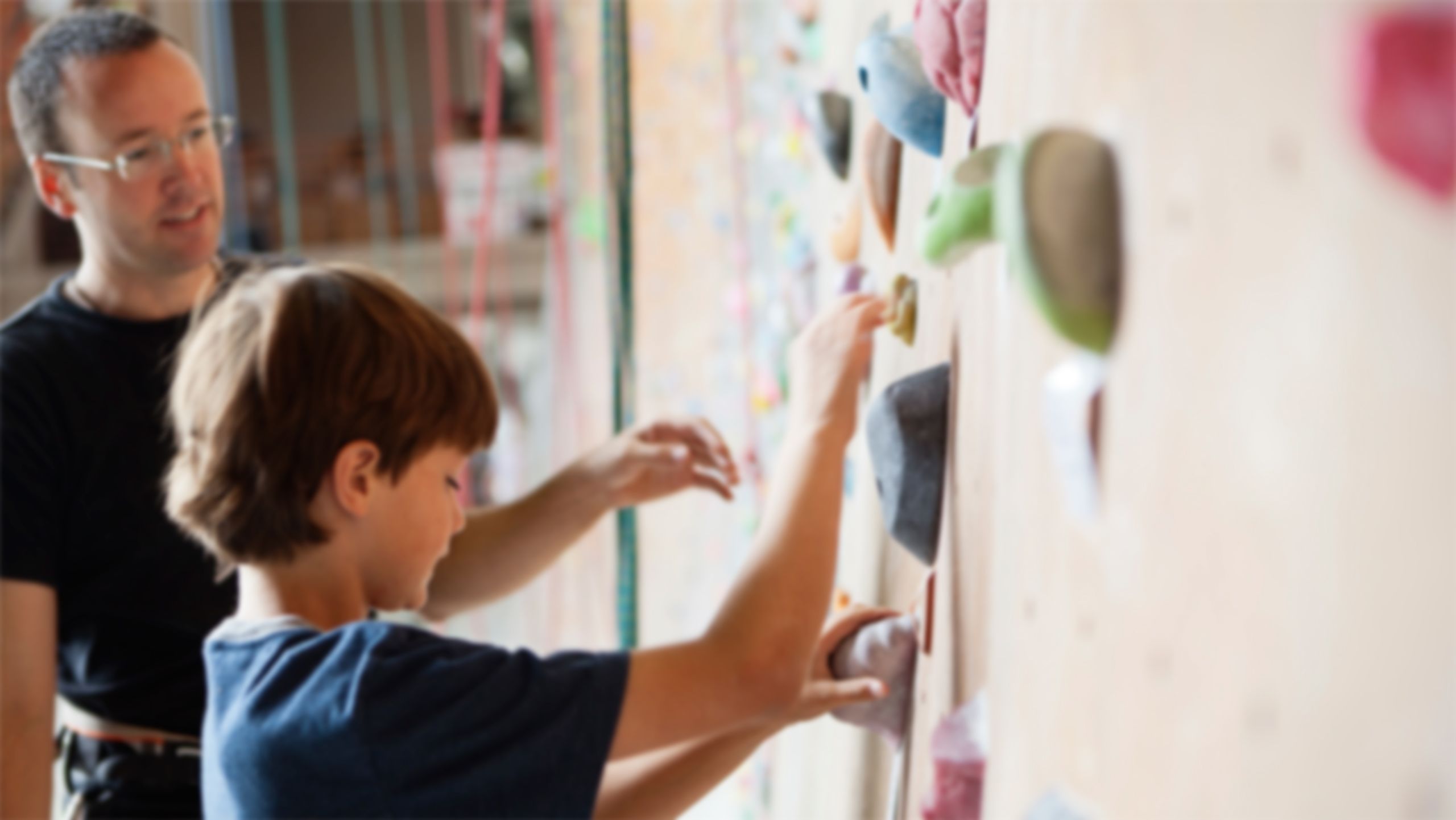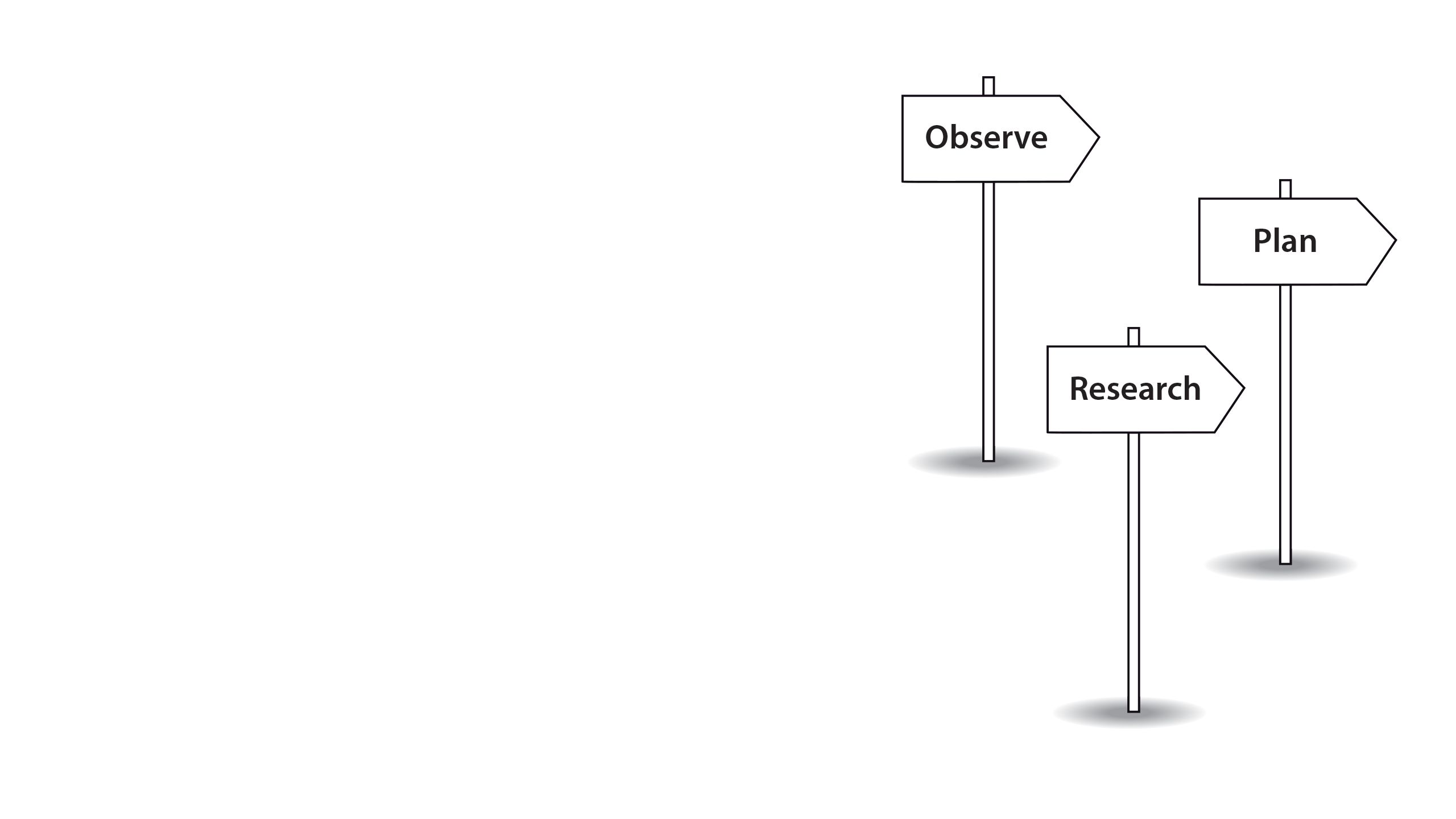Getting started with Active Learning

What is active learning?
Active learning is a process that has student learning at its centre. Active learning focuses on how students learn, not just on what they learn. Students are encouraged to ‘think hard’,
rather than passively receive information from the teacher. Research shows us that it is not possible to transmit understanding to students by simply telling them what they
need to know. Instead, teachers need to make sure that they challenge their students’ thinking. With active learning, students play an important part in their own learning process.
They build knowledge and understanding in response to opportunities provided by their teacher.
What is your definition of active learning?
Listen to these teachers giving their personal definitions. How
do their definitions compare with yours?
In the rest of this unit we will look at the basics of active learning in more detail. We will look at the theory behind active learning, discuss the benefits of an active learning approach
and discover some practical examples. We will also hear from experienced teachers, who will be sharing their ideas.
Throughout the unit we will ask you reflective questions that will help you to think about how you can apply active learning in your lessons.
At the end of the unit there is a glossary of key words and phrases.
What is the theory behind active learning?
Active learning is based on a theory called constructivism. Constructivism emphasises the fact that learners construct or build their own understanding. Constructivists argue that learning is a process of 'making meaning'. Learners develop their existing knowledge and understanding in order to achieve deeper levels of understanding. This means that learners are more able to analyse, evaluate and synthesise ideas (thus achieving the higher order skills of Bloom’s Taxonomy). Skilled teachers make these deeper levels of understanding more possible by providing learning environments, opportunities, interactions, tasks and instruction that foster deep learning.
The theory of 'social constructivism' says that learning happens mainly through social interaction with others, such as a teacher or other students. One social constructivist, Lev Vygotsky (1896–1934), developed the idea of the Zone of Proximal Development. This zone lies between what a learner can achieve alone and what a learner can achieve with their teacher’s expert guidance. Skilled teachers focus learning activities in this zone. Skilled teachers scaffold learning by providing guidance and support that challenges students based on their current ability. This helps students to develop their understanding in stages.
Skilled teachers also provide rich feedback using Assessment for learning (AFL). Skilled teachers use AFL to help students to understand two things: firstly their current strengths and weaknesses and secondly what they need to do to improve. AFL activities are sometimes based on formal assessments. However, AFL can also be based on many types of informal assessment which can include peer assessment, where students assess each other.
Active learning also links to other theories of learning:
Learning should be relevant and within a meaningful context.
This idea was developed by the philosopher Jean-Jacques Rousseau (1712–1778). It influenced numerous educators in the early 20th century such as John Dewey (1859–1952) and Maria Montessori (1870–1952). The main idea is that we learn best when we can see the usefulness of what we learn and connect it to the real world.
Learning is developmental.
Learning experiences for young people should be appropriate to their level of development. Some of this is linked to their age, although development level and age are not always the same thing.
What are the benefits of active learning?
Active learning helps students to become 'lifelong learners'
In an active learning approach, learning is not only about the content, but is also about the process. Active learning develops students’ autonomy and their ability to learn. Active learning gives students greater involvement and control over their learning. This means that students are better able to continue learning once they have left school and college.
Active learning encourages success
Cambridge examinations do not simply test recall of knowledge. Successful candidates draw on their understanding in order to evaluate and synthesise ideas. Therefore, Cambridge programmes and qualifications are best taught using an active learning approach. Encouraging active learning helps students to achieve higher grades, based on their enhanced skills and understanding.
Because active learning encourages students to take a central role in their own learning, it prepares them better for both higher education and for the workplace. Analytical skills also help students to be better at problem solving and applying their knowledge. Universities and employers value this.
Active learning is engaging and intellectually exciting
An active learning approach encourages all students to stay focused on their learning, which will often give them greater enthusiasm for their studies. Teachers also find that they enjoy the level of academic discussion with their students which an active learning approach encourages.
Listen to these educators giving their views on the benefits of active learning for their students. Which of the benefits are most relevant to your students?
Seven misconceptions about active learning
1. 'Active learning is all about doing a particular activity'
Active learning is about encouraging students to engage actively with their studies. The learning objective is more important than the task itself.
For instance, many people think that a small-group task is automatically an active learning task. People also often think that a whole-class discussion cannot be an active learning task. In fact, whether something is an active learning task or not depends on the teacher's planning and style. Skilled teachers ask themselves questions such as:
In a class discussion am I using open-ended questions to get my students thinking?
In a group task do the students know what the learning aims are?
In a seminar activity do the students have effective resources to support them?
All activities must be relevant to what you want the students to learn. Some learning objectives might lend themselves best to students engaging in small-group seminars or a collaborative project. Other objectives might be better with a more lecture-style approach.
2. 'Active learning is the same as enquiry-based learning'
Enquiry-based learning is also known as problem-based learning. In enquiry-based learning, the student learns by exploring a series of questions. Sometimes these questions are set by the teacher, and sometimes by the students themselves. Students will then decide how they can answer these questions most effectively. Teachers will be on hand to help, but students lead the process. Enquiry-based learning can be an excellent technique for encouraging active learning. However, as we will see later in the 'Active learning in practice' section, it is only one of many techniques.
As with all teaching, the focus needs to be on the learning not the task. Ask yourself:
Is a student-led enquiry the most effective way for my students to achieve their learning objectives in this lesson?
3. 'Active learning means taking away the teacher’s influence'
Active learning does not mean reducing the role of the teacher. The teacher is still the director of their students’ learning. Skilful planning is very important. For example, you need to consider: what your students are going to get from an activity, what resources you need to provide and how you are going to assess your students’ progress.
4. 'Active learning means a complete change of teaching style and classroom layout'
Active learning does not have to mean a complete change to classroom practice. You should think about how your students will learn in each activity. Occasionally, you might need to design a completely new activity or major classroom change. However, the changes required will often only be small ones. You might even realise that you are already promoting active learning but you did not recognise it.
5. 'Active learning will cause bad behaviour'
If students are actively engaged in a group discussion, the classroom will be noisier than if you are the only one talking. However, as with any activity, you will still be in charge of the class. You will need to decide what levels of noise you are happy with.
One of the exciting things about active learning is that students will want to engage with you in discussion. Sometimes they will want to discuss your interpretations and ideas. Healthy discussion is beneficial for students and teachers. However, you are still in charge of the class, and need to decide when things are available for discussion, and when the class needs to move onto the next topic or task.
6. 'Students have to be physically active'
Active learning is about making the brain active, not the person. Active learning does not mean that students have to move around the room. While students can move around the classroom if appropriate, they can also remain seated at their desks.
7. 'Active learning makes students less respectful'
A student who is engaged in thinking for themselves might not always agree with their teacher. However, healthy discussion in a respectful environment does not mean that the students will respect their teacher less. Healthy discussion means that students are engaging with their teacher as a partner in their learning.
Which of these seven misconceptions do you think you will hear from parents, students or colleagues? What will you say to them?

An active learning checklist
If you are new to active learning, it will help to ask yourself the following questions:
What do the students in my class need to learn?
Try to think about skills as well as subject content.
How will the task that I have chosen help my students to learn?
Different learning outcomes need different types of task. You know your own students’ strengths and weaknesses. Therefore, you can think about what your students particularly need to help them to achieve.
How am I using questioning?
It is easy for teachers to ask lots of factual-recall questions and other closed questions. On the other hand, open-ended questions help students to think for themselves, and to develop their ideas. It is also helpful to ask follow-up questions that will prompt your students to say (and think) more, such as ‘Tell me more about that’, or ‘Why do you think that?’.
Make sure that all students are involved in a discussion. Consider choosing students to answer, rather than inviting them to raise their hands. This way, every student has to think, because every student might be asked to contribute. Also consider pausing before letting your students answer. Leaving three seconds, rather than one, before you allow students to answer gives everyone more time to think about what they want to say.
How far am I creating a positive classroom environment where it’s fine to take intellectual risks?
Students need to be confident in trying out new ideas. They need to know that they will not be laughed at, and that there are high levels of mutual respect.
If I need to focus on content, can I encourage the development of a skill at the same time?
For instance, if a teacher wants their students to learn important factual information that they can use in an essay, he/she could try the following activity:
(i) Ask the students to think of five key facts which they could use as evidence for a particular essay question.
(ii) Ask the students to use at least one of these facts to write a short paragraph as part of an answer to this question.
(iii) Ask how the five facts could be re-used for a different essay question on the same topic. The teacher could either give them these questions, or could get them to think of their own questions.
(iv) Ask the students to write a paragraph as part of an answer to one of these new questions. They should use at least one of their five facts to support their point.
In this way, the students are learning the factual information and also the analytical application of this information. The same is also true the other way around – skills development work usually leads to more high-level thinking if it is linked to meaningful content.
How will I present the task to the students?
Students can be a little nervous about being encouraged to take more responsibility for their learning. It will help to explain briefly to your students why they are doing the task and what they will learn from it. If possible, explain any connection between the task and what your students need for their final examination, so that they understand why it will be useful.
How will I know that every child in my class has learned something?
If you build in assessment tasks, you can check your students’ learning. Effective assessment will give you a good idea of what to focus on in the next lesson, and will also help you to find out which tasks are most helpful for which students. Assessments do not have to be formal (or marked). They are a diagnostic tool to help you and your students to find out what has been learned and understood.

Active learning in practice
When people start thinking about putting active learning into practice, they often make the mistake of thinking more about the activity they want to design than about the learning. The most important thing is to put the student and the learning at the centre of your planning. A task can be quite simple but still get the student to think critically and independently. Sometimes a complicated task does not actually help to develop the students’ thinking or understanding at all. Consider carefully what you want your students to learn or understand and then shape the task to activate this learning.
"...put the student and the learning at the centre of your planning."
There is no typical active learning task. However, all active learning tasks tend to focus on encouraging the students to 'think hard' for themselves, rather than being passive recipients of knowledge.
The following interviews show teachers giving some examples of active learning approaches they have used with their students.
As you listen, think about what it is about each activity that could help develop the students’ learning. What was the activity that each teacher chose and why did they choose it?

Next steps
Here are some activities to help you to further explore active learning.
Observation
Observe a lesson taught by an experienced colleague. As you are watching, ask yourself what opportunities this colleague is creating for active learning. Think about what it is about the task which makes it an active learning opportunity.
After the lesson, think about how you might apply this in your own teaching.
Planning
Think of one thing you would like to try in your teaching this week which would make learning more active for your students. If you can, try it out in one of your classes. At the end of the session, reflect on what went well:
Why did it go well?
Were there things which did not go well?
Why do you think that was?
How could you make changes next time?
Next think about something you would like to try over the next term. Again, if you can, try it out with your students.
Then think about what you would like to put into your planning for the next academic year. What would you need to do to help that to happen?
Some people are not familiar with active learning. What would you say to a colleague to convince them of the benefits of an active learning approach?
You can use the Reflection worksheet to keep a written record of your thoughts and ideas.
Finding out more
There are lots of excellent materials to read and watch on Active Learning. We have listed a small section of these below:
The Visible Thinking Project and the ORBIT Project both have excellent websites, with lots of examples of activities which can be used to help students learn in an active way.
Professor John Hattie is a researcher in education. In his book Visible Learning for Teachers: Maximizing Impact on Learning, Hattie looks at thousands of studies of teaching and learning. He then uses these studies to assess the impact of over 100 different strategies. His book includes reflective questions and activities for teachers and leaders.
John Hattie’s TED talk Why are so many of our teachers and schools so successful? is a useful introduction to his ideas.
Why are so many of our teacher and schools so successful?
Cambridge's guide, Implementing the Curriculum with Cambridge: A Guide for School Leaders outlines an active learning approach. It is aimed at school principals, school leaders and others responsible for the educational programme in a school.
Information on Cambridge professional development qualifications and courses can be found on our website.

New online course
Our new course Getting Started with Assessment for Learning will help you to understand how to apply asssessment for learning in your teaching practice.
During the course you will explore the following questions:
- What is assessment for learning?
- What does effective assessment for learning look like?
- How does assessment for learning apply to my own practice?
- What is my action plan?
- How do I know that including assessment for learning in my classes made a positive impact?
For more information on the course and how to book your place visit our website.
Active learning
Learning which engages students and challenges their thinking, using a variety of activities
Analyse
To study or examine something carefully and in detail in order to understand it more.
Assessment for learning
Essential teaching strategies during learning to help teachers and students evaluate progress in terms of understanding and skill acquisition, providing guidance and feedback for subsequent teaching and learning.
Autonomy
The freedom to follow one’s will or actions independent of external influence or control.
Closed question
A question that can be answered with either a single word (usually ‘yes’ or ‘no’) or a short phrase and the choice of answers is limited.
Collaborate
To work together with someone else, or others, for a particular purpose.
Constructivism
A philosophy of learning based on the concept that people construct their own understanding by reflecting on their personal experiences, and by relating the new knowledge with what they already know. Individuals create their own mental-models, known as 'schemas', to make sense of the world. Individuals accommodate new knowledge by adjusting their 'schemas'.
Critical thinking
The ability, underlying all rational discourse and enquiry, to assess and evaluate analytically particular assertions or concepts in the light of either evidence or wider contexts.
Differentiated learning
Adapting one’s teaching to suit the needs of different students for their current level of understanding and performance, by providing appropriate learning activities, support, and assessment, so that all students in the group can learn effectively.
Evaluate
To judge or determine the quality, importance, amount, or value of something.
Formal assessment
Planned and structured measurement of learning.
Formative assessment
Activity that provides students with developmental feedback on their progress during the learning programme and informs the design of their next steps in learning.
Open ended question
A question that allows for a long response and for which the choice of answers is not restricted.
Scaffold learning
The teacher provides appropriate guidance and support to enable students to build on their current level of understanding progressively to acquire confidence and independence in using new knowledge or skills.
Summative assessment
Typically end-of-learning assessment tasks such as examinations and tests, to measure and record the level of learning achieved, for progression to the next level or for certification.
Synthesise
To create something new by combining different existing elements or ideas.
Transcribe
To make a written copy of spoken material.
Zone of proximal development (ZPD)
The difference between what a learner can achieve when they receive support and what they can achieve independently.




